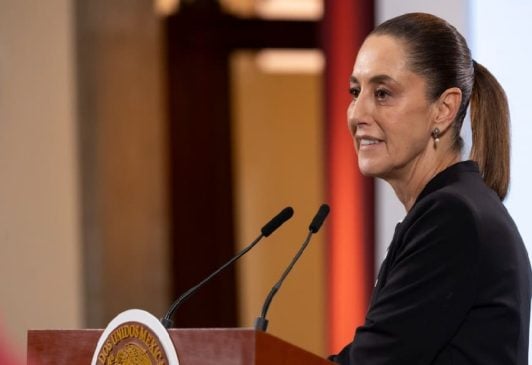Mexico City, Mexico — On April 10, Mexico will vote on whether or not current president Andrés Manuel López Obrador stays in office. On Sunday, the first consultation for the Revocation of the Mandate will take place three years after he became President of Mexico.
The vote has raised questions whether it is possible or not for AMLO to cease to be president if citizens vote for him to leave office.
In order for AMLO to “win or lose”, the Mandate Revocation must be considered binding. In accordance with Article 58 of the Federal Law for Revocation of Mandate, the consultation will be binding if 40 percent of the voters registered on the nominal list participate, that is, at least 37,479,000 voters need to cast a ballot.
If the minimum number of voters is not met, the exercise will simply be declared non-binding, regardless of the result, leaving López Obrador to complete his term, which runs until September 2024.
However, if the referendum is binding and the majority of the citizens decided that AMLO should leave his position as president of Mexico, the Electoral Court will issue the declaration of Revocation of Mandate, which will arrive at AMLO’s desk, at which time, he will have to leave the presidential chair and the National Palace.
In that instance, and in accordance with Article 84 of the Constitution, in the event of losing the Revocation of Mandate, the presidency would remain in the hands of the current president of the Congress of Deputies, Deputy Sergio Gutiérrez Luna.
Deputy Sergio Gutierrez Luna would be the de facto president for 30 days in the event AMLO loses the Revocation of Mandate. Congress then has a month to appoint someone to complete the the next three-years of, what would have been, his term.
During the April 10 vote process, a dry law or ley seca, is in place across a majority of the country beginning at one minute before midnight April 9, and running until one minute before midnight on April 10.


